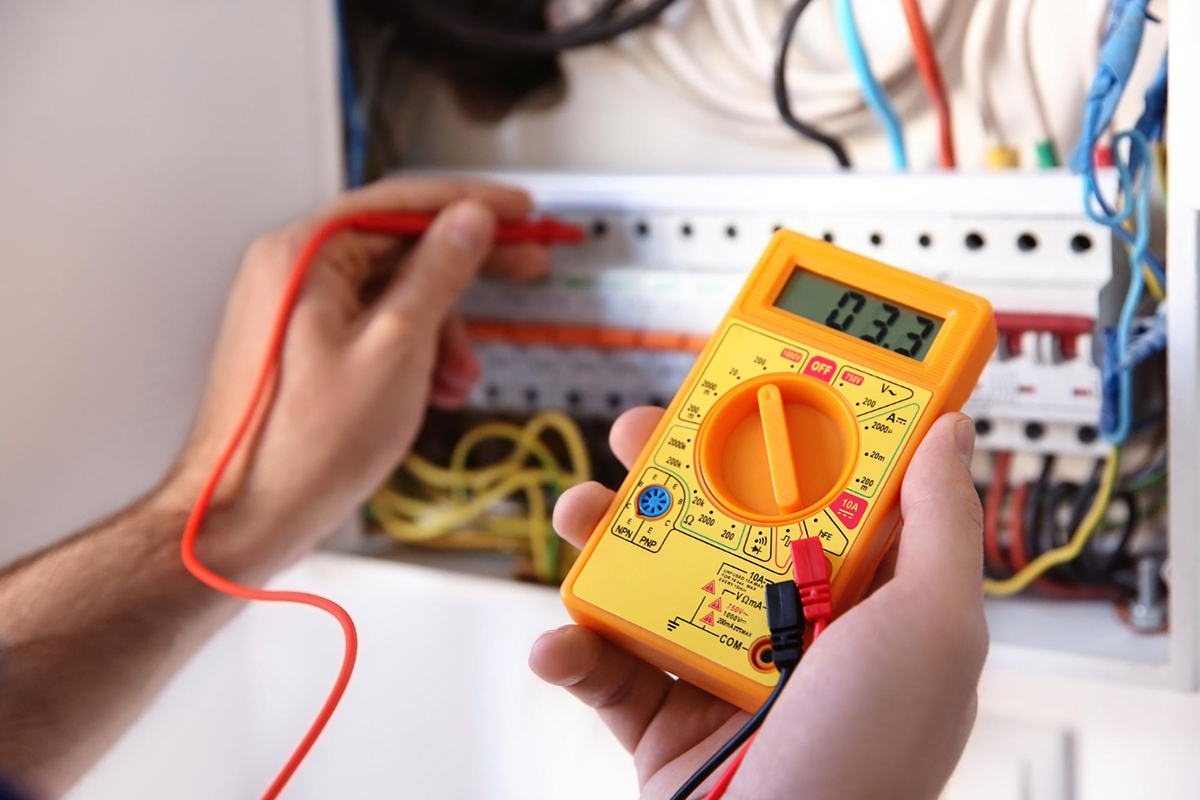Simple Tips to Prevent Circuit Overloads

As more and more devices enter our homes, it's becoming easier and easier to overload our circuits. Not only can this cause damage to our electrical systems, but it also poses a serious risk of fire. Thankfully, there are some simple steps you can take to prevent circuit overloads and keep your home running safely and smoothly.
In this blog post, we'll cover some essential tips for preventing circuit overloads, including how to calculate your electrical load, distribute power evenly, and avoid overworking specific circuits. Whether you're a homeowner or a renter, these tips can help keep you and your loved ones safe from electrical hazards.
Calculate Your Electrical Load
Calculating your electrical load is the first step in preventing circuit overloads. This means figuring out how much power you need for all the appliances and devices in your home. To do this, you'll need to know the wattage of each device, as well as the amperage of your electrical panel.
Once you've added up the wattage of all your devices, divide the total by your electrical panel's amperage. If the result is over 80%, you may want to consider reducing your load or upgrading your electrical panel to avoid overloading your circuits.
Distribute Power Evenly
Another way to prevent circuit overloads is to distribute power evenly throughout your home. This means avoiding plugging too many devices into a single circuit or outlet. Instead, try to spread your devices out across different circuits or rooms.
It's also important to use power strips and extension cords sparingly. These devices are useful for temporarily connecting multiple devices to a single outlet, but they can also overload your circuits if used excessively.
Avoid Overworking Specific Circuits
Some circuits in your home may be more prone to overloading than others. For example, your kitchen or home office may have more appliances or devices that require a lot of power. To avoid overworking these circuits, you can:
- Spread your devices out across different circuits
- Upgrade your wiring or electrical panel to handle larger loads
- Avoid using multiple high-wattage devices at the same time
- Unplug devices when you're not using them
- Use energy-efficient devices that consume less power
Stay Vigilant
Preventing circuit overloads isn't a one-time task. You should perform regular checks and maintenance to ensure your electrical system is running smoothly and safely. This includes:
- Checking your outlets and cords for signs of damage or wear
- Testing your circuit breakers or fuses regularly
- Having a licensed electrician perform an electrical inspection every few years
- Knowing where your electrical panel and shut-off switch are in case of an emergency
Conclusion
Preventing circuit overloads is an essential part of maintaining a safe and functional electrical system in your home. By calculating your electrical load, distributing power evenly, avoiding overworking specific circuits, and staying vigilant, you can reduce the risk of fire and damage to your electrical system. If you need help with your electrical system or want to schedule an inspection, don't hesitate to contact a licensed electrician near you.
